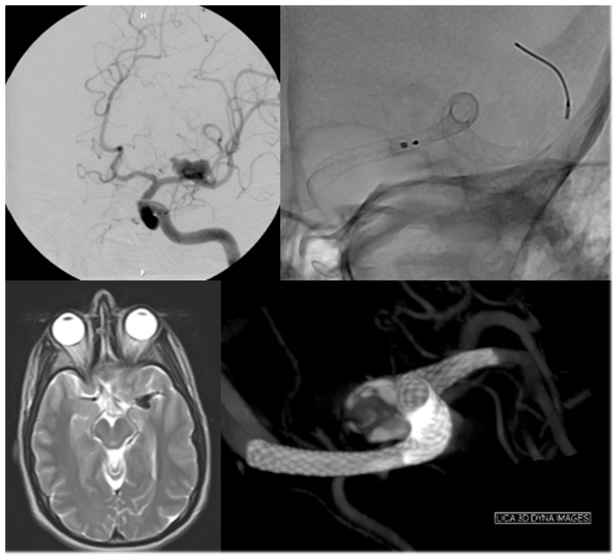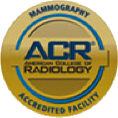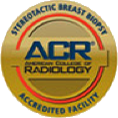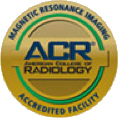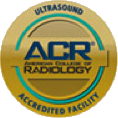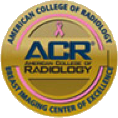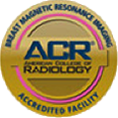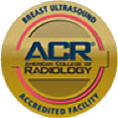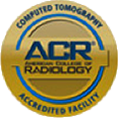An intracranial aneurysm (also called cerebral aneurysm or brain aneurysm) is a cerebrovascular disease in which weakness in the wall of a cerebral artery causes a localized outpouching or ballooning of the blood vessel. The outpouching is called and aneurysm and is prone to rupture.
If an aneurysm ruptures, blood leaks into the thin coverings of the brain called the subarachnoid space. This is called subarachnoid hemorrhage. This typically presents as “the worst headache of someone’s life.”
In patients with brain aneurysms, approximately 1-3% rupture each year. Factors such as size, shape, and location of the aneurysm affect the rupture risk, as do patient risk factors, including high blood pressure, smoking, age, overall health, and family history.
If a brain aneurysm ruptures, there is an approximately 50% chance of sudden death. In those that survive, many will be left with significant disability.
The neurointerventional radiologists at X-ray Medical Group work on a team with neurosurgeons and neurologists within the Sharp Healthcare system to treat patients with brain aneurysms.
If an aneurysm is found in the brain before it ruptures, endovascular surgery or open surgery may be performed to repair it so that it cannot bleed in the future.
Whether or not surgery is indicated depends on the size of the aneurysm, the location of the aneurysm and patient factors such as age and other medical problems. Some aneurysms will not require surgery because they are very unlikely to bleed in the future. These aneurysms can be monitored over time with MRI or CT. If you have a cerebral aneurysm and would like to consult with one of the neurointerventional radiologists.
If an aneurysm is found after it ruptures, it is often repaired emergently, either by a neurointerventionalist or a neurosurgeon.
If an aneurysm needs to be repaired, one potential surgery is called aneurysm coiling. Aneurysm coiling refers to the insertion of platinum coils into the aneurysm. A catheter is inserted into a blood vessel and passed using fluoroscopic (x-ray) guidance through the circulation into the brain and then into the aneurysm sac. Coils are pushed into the aneurysm through the catheter. Upon depositing within the aneurysm, the coils initiate a thrombotic reaction within the aneurysm. Sometimes stents (metal tubes) or tiny balloons are used to help the coils stay within the aneurysm. If successful, this prevents further bleeding from the aneurysm.
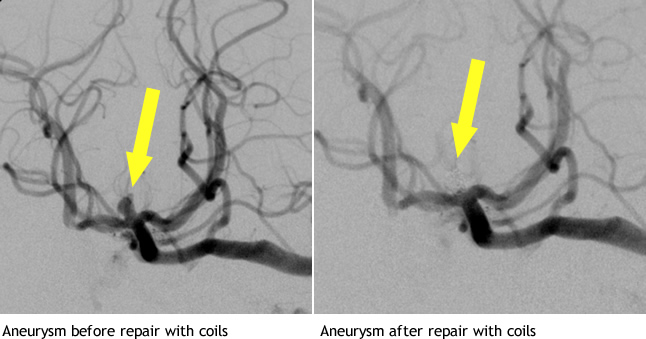
A newer treatment for aneurysms is called flow diversion. Flow diversion is used primarily for the treatment of unruptured intracranial aneurysms. A metal stent with very small holes is placed inside the parent blood vessel to divert blood flow away from the aneurysm itself.
During a flow-diversion procedure, a microcatheter is navigated beyond the aneurysm. The flow-diverting device is then carefully deployed across the neck of the aneurysm in the parent blood vessel. During placement of the flow-diverting device, the neurointerventional radiologist does not need to touch the aneurysm itself with a catheter or coils. The only currently approved FDA flow diverting device is the Pipeline™ Embolization Device (PED). (pictured below).
